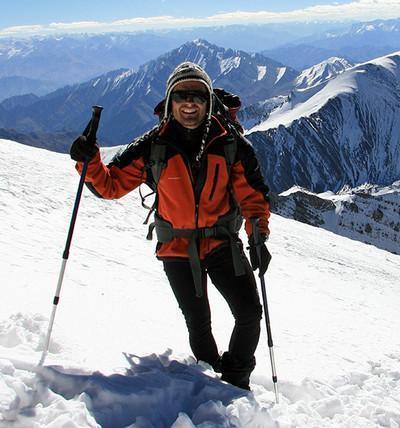When people are talking about snowboarding, they are referring to either all mountain, freestyle, carving, or Giant Slalom. Choosing which of these is most appropriate for you can be confusing, however. So here are a few things to consider.
All Mountain
All mountain snowboarding is snowboarding that's done on the entire mountain, including groomers, off-piste and ungroomed powder. Whether you're a beginner or a seasoned rider, you can find an all-mountain board that's right for you.
An all-mountain snowboard is designed to be flexible and easy to maneuver. They are often directional, meaning they can be used both in the backcountry and in the park. While all-mountain boards can handle a variety of terrain, they're primarily built for speed.
A common feature of all-mountain snowboards is a twin-tip design. This makes it easier to switch directions on the mountain, but it can also make it harder to press on rails. Some all-mountain boards even come with fancy modern features.
There are two main types of all-mountain boards. Freestyle and freeride. The former are generally shorter, while the latter are longer. However, both all-mountain boards can be found in a variety of shapes.
Freestyle
Alpine freestyle snowboarding is a form of competitive snowboarding. It requires a high level of skill, control, and speed.
The International Ski Federation (FIS) governs all snowboarding events. There are six snowboarding events in the modern Olympics.
The competitions are broken down into heats. Each heat consists of up to six riders. The top three are placed in the next round. Depending on the location, there may be more than one heat per round.
Riders perform tricks in the different sections of the course. For instance, in slopestyle, each section is a downhill course that includes jumps. Rails are also included. When performing rail tricks, the rider is judged in multiples of 90 degrees.
A rider will typically do a jib. A jib is a flip on one side of the board. Some examples of jibs include the 50-50 jib, which is a simple slide.
Alpine
Alpine snowboarding is a sport that is all about speed and control. In addition to being a thrilling sport, it is also a challenging one. To become better at it, you must first master the terrain.
Unlike other forms of snowboarding, alpine snowboarding requires more strength, agility and speed. And the g-forces involved in the turns are much more than those in a car.
The best way to describe alpine snowboarding is that it is fast and furious. You can reach speeds of up to 80 miles per hour! It's no surprise that the sport is popular among athletes, as well as alpine skiing.
As with all sports, you should be aware of the risks. Wear the right clothing, protect yourself from the sun and check the snow before hitting the slopes. Depending on your skill level, you may need to consult a professional to find the right equipment for you.
Giant Slalom
Giant slalom is a competitive event that requires the most technical skills. The course is longer than slalom and skiers must turn very quickly to make it to the next gate. This event is normally composed of two runs, which means the winner is the person with the fastest time on both runs.
In the Winter Olympics, giant slalom was first introduced in 1952. Nancy Kerrigan won a gold medal in the event at the 1952 Olympics in Oslo. She fell in her first run, but then came back and won with a fast second run.
In 1980, the event was shortened to a one-day event. It was also removed from the World Championships, but returned in 1982 as a stand-alone race. In 1988, a few extra races were added to the giant slalom program.
Carving
Carving in snowboarding is a skill that requires a lot of practice. However, it can be done if you follow the right steps. Below are some tips to get you on your way.
The first thing you should do is find a wide, groomed run. Having enough space will make your carve easier. You can also use your arms to switch edges.
The next thing to do is set a stance. Ideally, you'll want to be able to achieve a stance that is 21 degrees on the front and 6 degrees on the back. Keeping your back straight and knees bent will help you maintain your balance as you carve.
Another good idea is to wear warm clothing. A warm coat will keep you warm and give you a bit more wiggle room.





